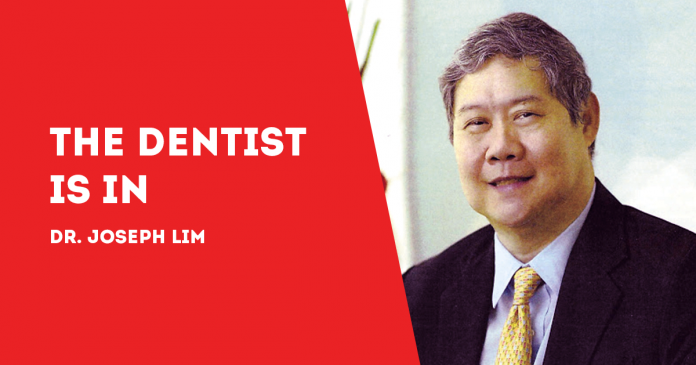
THE INEQUITIES between countries in the prevention of oral disease is “substantial”.
This is the conclusion of a survey undertaken in 2017‐2018, and initiated by the World Health Organization (WHO), to measure the application of oral health care programs worldwide.
Over half of 101 departments of health answered a questionnaire on existing national oral health systems and the actual public health activities in place.
The survey appeared as a report in the journal Community Dentistry and Oral Epidemiology.
Limited financial resources for preventive care and health promotion, inadequate workforce for oral health, and insufficient coverage in primary health care were observed in low‐income countries.
Health concerns over the consumption of tobacco, unhealthy diet and sugars was particularly emphasized by high‐income countries but less highlighted by low‐income countries.
And while national oral health targets for children and surveillance systems were frequently reported by countries, similar systems for adolescents, adults and older people were rare.
The WHO considers oral conditions, such as tooth decay and cavities, gum disease, tooth loss, oral cancer, HIV/AIDS oral lesions and oro‐dental trauma being significant public health problems.
As with other non-communicable chronic diseases (NCDs), poor diet high in sugars, tobacco use and excessive use of alcohol are important risk factors.
“Social determinants are important with poor oral health extraordinary high among deprived population groups,” the study observed. “Moreover, the disparities in oral health persist across the life course.”
The survey found that low‐ and middle‐income countries have critical shortages of oral health professionals. Oral health systems are largely oriented towards alleviating symptoms rather than fixing the root cause of the oral health issue.
In high‐income countries, oral health professionals are available and advanced systems provide curative and preventive services to people of all ages. Globally, however, underprivileged people are served inadequately by primary oral health care, and treatment of disease is costly and unfair.
“The good news is that the major oral diseases are preventable,” the report states.
Since the 1980s or so, the significance of disease prevention has grown in a number of countries and substantial experience has been gained from implementation of community actions, introduction of preventive activities directed towards population groups and individual preventive care.
Countries have demonstrated the effect of oral disease prevention through healthy environments.
Fluoridation programs have proven to be effective in preventing tooth decay. Health‐promoting schools are successful in encouraging healthy lifestyles and oral health among children and youth.
Publicly funded care for older people is shown to improve oral health and quality of life.
Tobacco and alcohol interventions through community actions or dental settings are key actions for reducing oral cancer and gum disease.
Moreover, the report observes, healthy diet and reducing the intake of free sugars are important in prevention of tooth decay and cavities.
***
Dr. Joseph D. Lim is the former Associate Dean of the UE College of Dentistry, former Dean of the College of Dentistry, National University, past president and honorary fellow of the Asian Oral Implant Academy, and honorary fellow of the Japan College of Oral Implantologists. Honorary Life Member of Thai Association of Dental Implantology. For questions on dental health, e-mail jdlim2008@gmail.com or text 0917-8591515./PN

